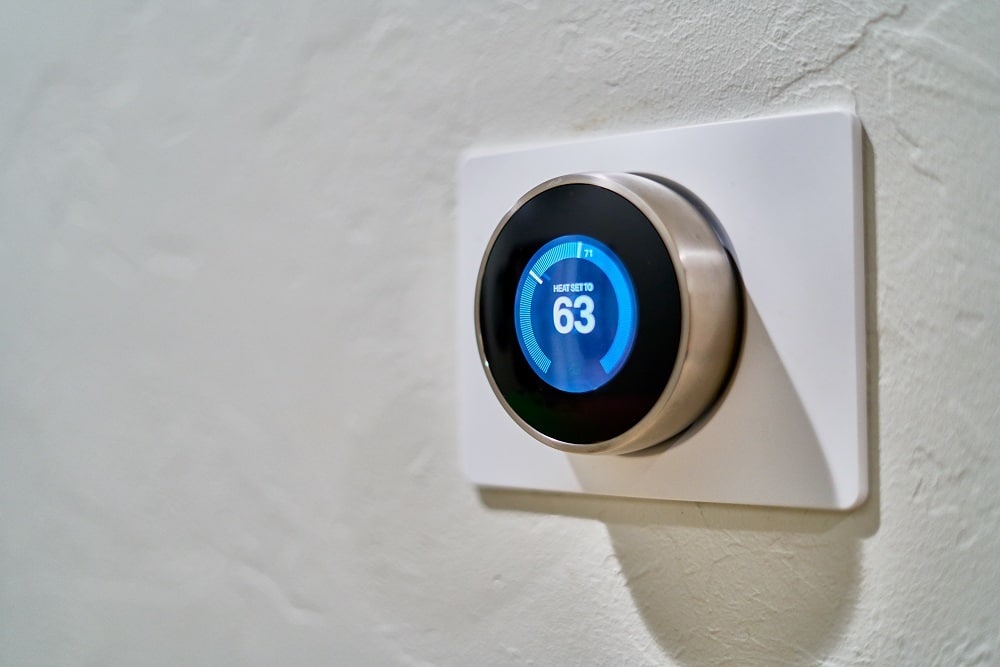Spotlight on commercial automation and IoT
Automation is expected to expand in the next decade, with advances in digital connectivity and the internet paving the way for a host of sophisticated, smart digital products that are connected and unified.
By: Domenic Bayley
Market research and advisory firm Gartner predicts phenomenal growth in IoT technologies in businesses worldwide. Adoption of IoT in the commercial sector is growing by 30.7 per cent a year. Gartner estimates 10 billion businesses around the world will have engaged IoT by 2021.
The Hewlett Packard Enterprise-Aruba 2017 global study, The Internet of Things: Today and Tomorrow, predicts 77 per cent of Australian organisations will have adopted some form of IoT technology by the end of 2019. The applications for these technologies are numerous – limited only by a business’s requirements and the vision of leaders for their AV setups.
Businesses can also capitalise on the trend towards smart digital workplaces with automated solutions in a broad range of categories, including:
- environment: smart lighting, heating, ventilation and air-conditioning, automatic shades and lighting
- security and protection: access-control systems, video surveillance, cameras, recording and processing equipment, fire control
- application-focused: including Bluetooth beacons, room-occupancy sensors, digital signage and systems focused on end-user services
Capitalising on IoT technologies will have solid commercial benefits, reports show. According to the HP Enterprise-Aruba study, 83 per cent of IoT adopters in the commercial sector reported substantial increases in business efficiency and innovation, while 80 per cent reported significant increases in visibility of processes across their organisation.
The ability to simplify and streamline the working environment is the biggest reason for this growth trend. For example, people in offices, retail, education and hospitality can use connected devices to locate facilities, call up floor plans or control the internal climate and lighting.
Smart control systems have evolved to the extent they can respond not only to such fundamentals as interior and exterior lighting, but also to times of the day, room temperature and even the level of occupancy in a room, allowing users to tailor and integrate their key technologies accordingly.
Business managers in hospitality and retail can receive the latest information about productivity, monitor energy use, get the latest data on costs and space utilisation, as well as other key metrics.
Healthcare providers are among the biggest adopters of IoT technologies globally: 60 per cent of healthcare organisations are using IoT, with the main benefit reported to be in sensor technologies that maintain and monitor medical devices.
One particularly innovative use of smart technology as an integrated AV solution is happening at the Sydney Adventist Hospital.
The hospital has a sensor-based UHF RFID (radio frequency identification) network with control attached to a single enterprise network. Location data received from the RFID tags is used as a clinical tool to locate patients throughout their stay in the hospital.
“If a patient is having surgery, for example, that information is presented in real time through our workflow information on heads-up display,” explains Barbara MacKenzie, the hospital’s information services operation and infrastructure manager.
“What was previously time-and-date data entered by a human over the course of a patient’s treatment is now automated from the sensor-based network, so we’re now automating inputs into our automated medical records,” MacKenzie says.
Patients benefit from more personalised clinical care and the hospital benefits from a swathe of intuitive data that can be analysed to streamline its processes and increase operational efficiency, she says.
Challenges to IoT
While there are significant opportunities for the adoption of IoT technologies, end users will need to be wary of the challenges that enterprise networks will inevitably face as IoT grows and is assimilated into the workplace.
One challenge is ensuring networks provide a common service and security fabric across the many connected devices. Ultimately, each IoT device connected to a network will require sufficient bandwidth, security protection and access to other resources on the network.
As a consequence, there will be a growing need for unified wired and wireless networks with sufficient reliability, scalability, flexibility and security to support a heterogeneous IoT environment – as well as a suite of products that are intelligent, open and autonomous.
This is an extract from the ‘Integrate 2019 Whitepaper’ – Download the full report here. You can learn more about how you can use the power of AV to reach your business potential at Australia’s ultimate experience of sight and sound, Integrate 27- 29 August – register for your free entry here.
-
Stay up to date with the latest news, industry insights and Integrate updates.
- Subscribe

